Vasile, C.; Pascu, M.1859574939, 1847350518, 9781859574935, 9781847350510
The Practical Guide begins with general background to the polyethylene family, with price, production and market share information. It describes the basic types of polyethylene including virgin & filled polyethylene, copolymers, block and graft polymers and composites, and reviews the types of additives used in polyethylene.Polyethylenes offer a wide range of properties due to differences in structure and molecular weight, and the Practical Guide gives the low down on the properties, including, amongst others, rheological, mechanical, chemical, thermal, and electrical properties.
Design of a polymeric product for a certain application is a complex task, and this is particularly true for polyethylene with its variety of forms and available processing methods. This Practical Guide describes the processing issues and conditions for the wide range of techniques used for polyethylene, and also considers post-processing and assembly issues. It offers guidance on product design and development issues, including materials selection.
The Practical Guide to Polyethylene is an indispensable resource for everyone working with this material.
About the authors… Cornelia Vasile is a senior researcher at the Romanian Academy, ‘P. Poni’ Institute of Macromolecular Chemistry, and Head of Department of Physical Chemistry of Polymers. Cornelia is also an Associate Professor at Laval University – Quebec Canada, at the ‘Gh. Asachi’ Technical University of Iasi and ‘Al. I. Cuza’ University of Iasi. She is the author or co-author of eight books, 300 scientific papers and holder of 38 patents.
Table of contents :
Contents……Page 5
1.1 Polymerisation Processes……Page 11
1.2 Strengths……Page 14
1.4 Weaknesses……Page 15
1.6 Material Price……Page 16
1.7 Market Share and Consumption Trends……Page 18
1.8 Major Suppliers……Page 20
2.1.1 Low-Density Polyethylene (LDPE)……Page 25
2.1.3 High-Density Polyethylene……Page 26
2.1.4 Medium-Density Polyethylene (MDPE)……Page 27
2.1.5 Linear Polyethylenes……Page 28
2.1.8 Metallocene Polyethylene (mPE)……Page 29
2.1.11 Crosslinked Polyethylene (XPE)……Page 30
2.1.13 Ultra High-Modulus Polyethylene……Page 31
2.1.14 Polyethylene Foam Resins……Page 32
2.2 Other Grades……Page 33
2.3 Filled Grades of Polyethylene……Page 34
2.4.4 Copolymers with Vinylic Monomers……Page 35
2.4.5 Ethylene Ionomers……Page 36
2.5 Blends……Page 37
2.6 Composites……Page 38
3 Properties……Page 41
3.2 Molecular Weight and Molecular Weight Distribution……Page 45
3.3 Crystallinity……Page 47
3.4 Thermal Properties……Page 49
3.4.2 Specific Heat……Page 50
3.4.3 Glass Transition Temperature and Melting/Crystallisation Temperature……Page 51
3.4.4 Maximum Continuous Use Temperature……Page 55
3.4.6 Brittleness and Brittle Temperature……Page 58
3.4.8 Thermal Expansion……Page 59
3.5 Mechanical Properties……Page 60
3.5.1 Short-term Mechanical Properties: Static Mechanical Properties……Page 61
3.5.2 Dynamic Fatigue……Page 68
3.5.3 Mechanical Properties of Filled Grades……Page 69
3.6 Electrical Properties……Page 71
3.7.1 Transparency……Page 72
3.8.2 Modification of Surface Properties……Page 73
3.10 Abrasion Resistance……Page 76
3.13 Degradation Behaviour……Page 77
3.13.1 Photo-oxidation……Page 78
3.13.2 Thermal Degradation……Page 79
3.13.3 Degradation by High-energy Radiation……Page 80
3.13.4 Biodegradation……Page 81
3.14.1 Assessment Under Food and Water Legislation……Page 82
3.15 Biocompatibility……Page 83
3.16 Wear Properties……Page 84
3.17 Molecular Properties……Page 85
3.17.2 Crystals……Page 86
3.17.6 Polymer Morphology……Page 88
3.18.2 Stability to Sunlight and UV Radiation……Page 89
3.18.3 Chemical Resistance……Page 90
3.18.4 Environmental Stress Cracking Resistance……Page 91
3.19.2 Permeability to Gases……Page 92
3.20 Crosslinking and Sterilisation……Page 93
3.21 Correlations Between Polyethylene Properties……Page 94
4.1 Antioxidants, Inhibitors, or Heat Stabilisers……Page 99
4.2 Masterbatches……Page 100
4.6 Biocides……Page 101
4.12 Flame Retardants……Page 102
4.14 Slip and Antiblocking Agents……Page 103
4.16 Nucleating Agents……Page 104
4.19 Other Additives……Page 105
5.1 Molar Mass Effects……Page 107
5.2.1 Melt Flow Rate or Melt Flow Index……Page 108
5.2.2 Viscosity versus Shear Rate……Page 109
5.3 Dynamic Rheological Properties……Page 113
5.4.2 Branched Chains……Page 114
5.5 Multiphase Systems: Inhomogeneous Products……Page 116
6.1 Injection Moulding……Page 119
6.2.1 Film Extrusion……Page 123
6.2.5 Ram or Cold Extrusion……Page 125
6.2.6 Extrusion of Wire and Cable Covering……Page 126
6.2.8 Cast or Blown Film……Page 127
6.2.10 Pipes, Tube, and Conduits……Page 131
6.3 Blow and Stretch Blow Moulding……Page 133
6.4 Fibre and Filament……Page 134
6.5 Compression Moulding……Page 138
6.6 Sintering and Coating……Page 139
6.8.1 Rotational Moulding……Page 140
6.9 Casting……Page 141
6.10 Recycling and Recyclates……Page 142
7.1 Introduction……Page 147
7.2 Material Selection……Page 148
7.3.1 Extrusion……Page 150
7.3.3 Thermoforming……Page 152
7.3.5 Rotational Moulding……Page 153
7.4 Product Design……Page 154
7.5 Assembly……Page 155
7.6 Mould Design……Page 156
8.1 Joining……Page 159
8.1.1 Welding……Page 160
8.2.1 Machining……Page 161
8.3.2 Metallising and Electroplating……Page 162
8.3.3 Appliqués……Page 163
Abbreviations……Page 165
Index……Page 169
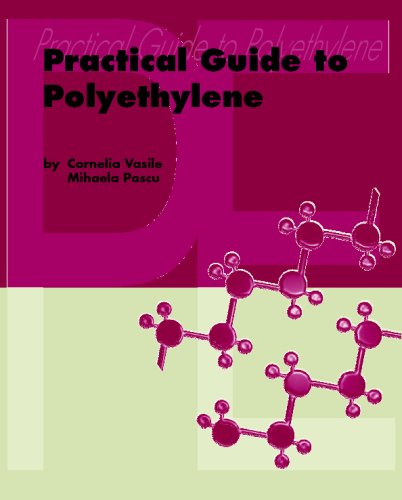
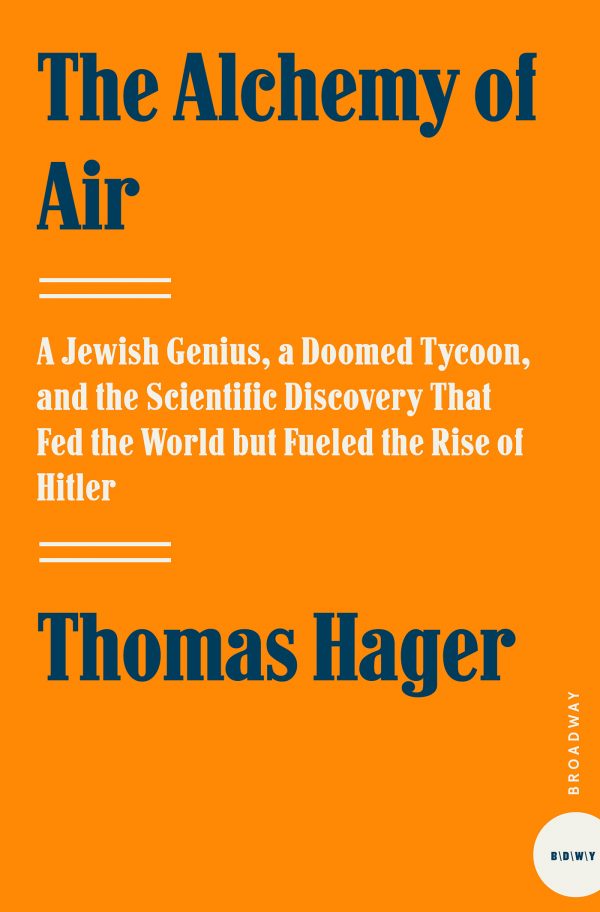
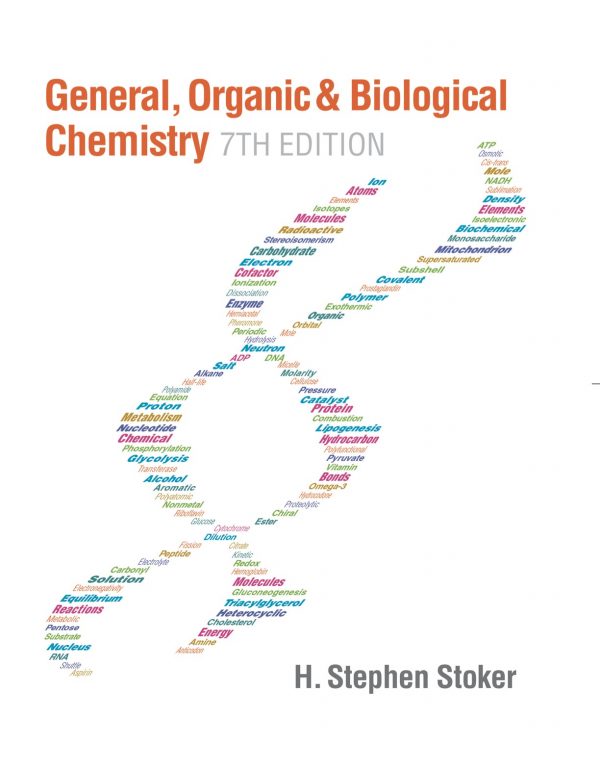

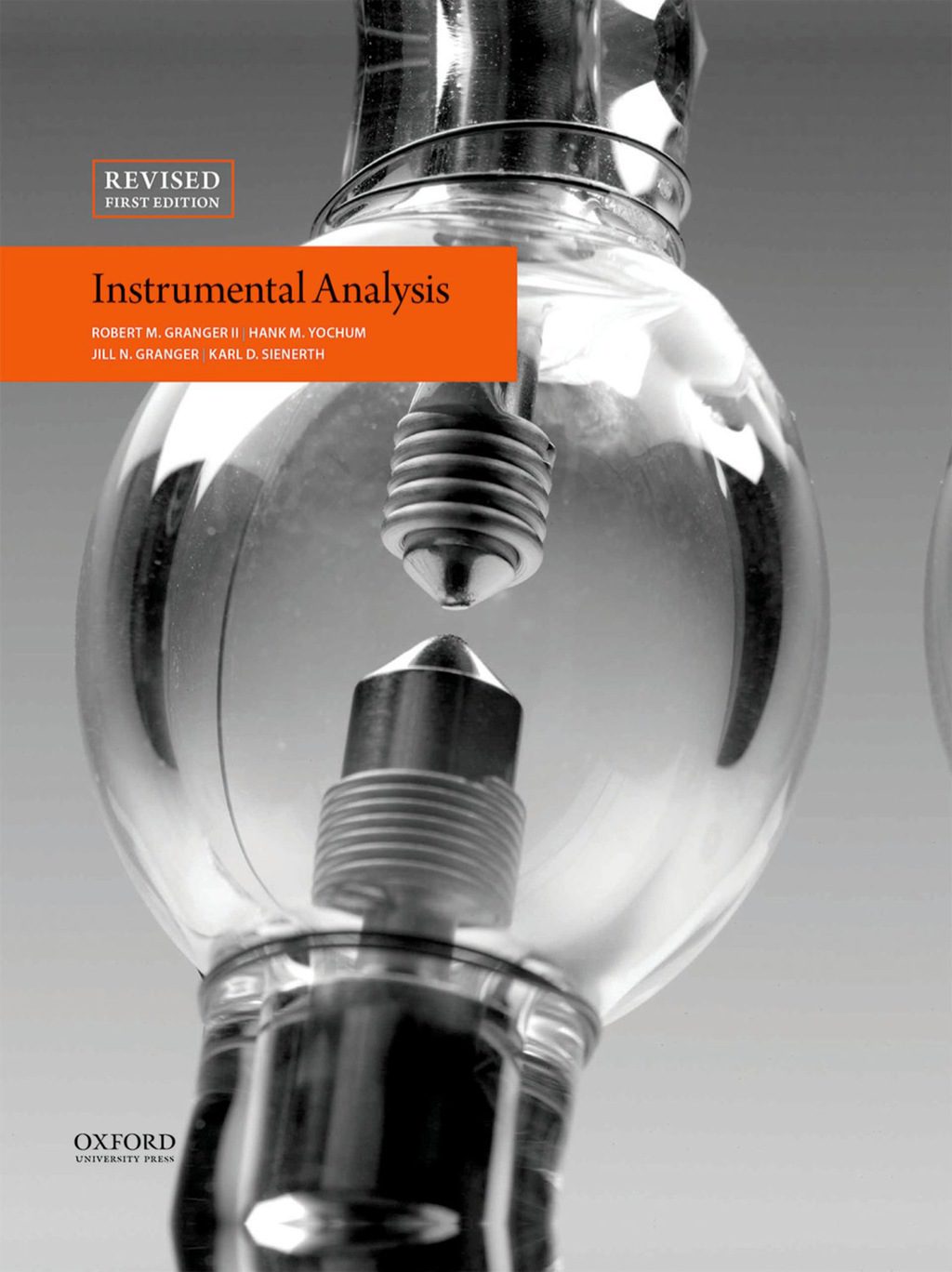
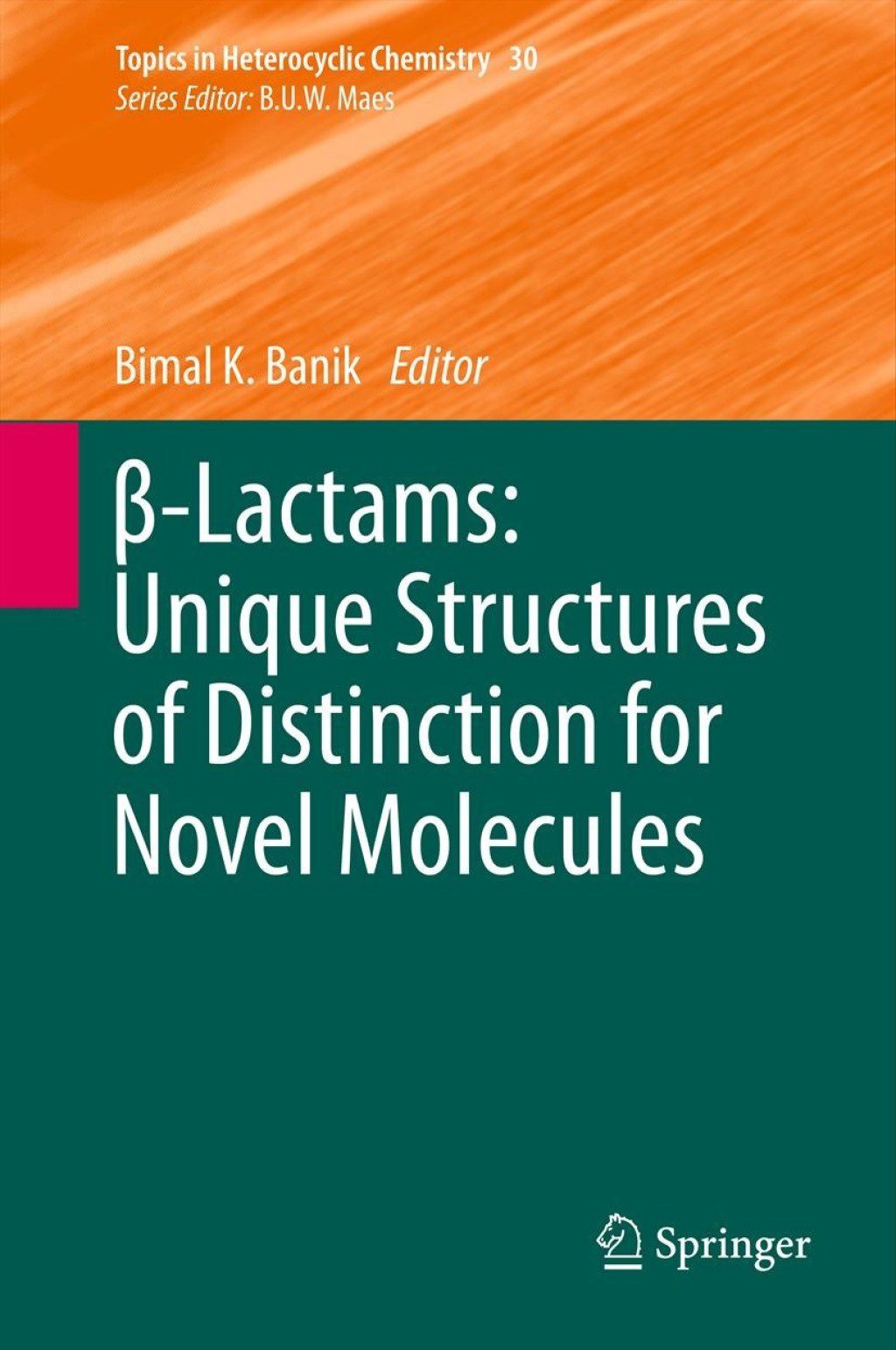

Reviews
There are no reviews yet.